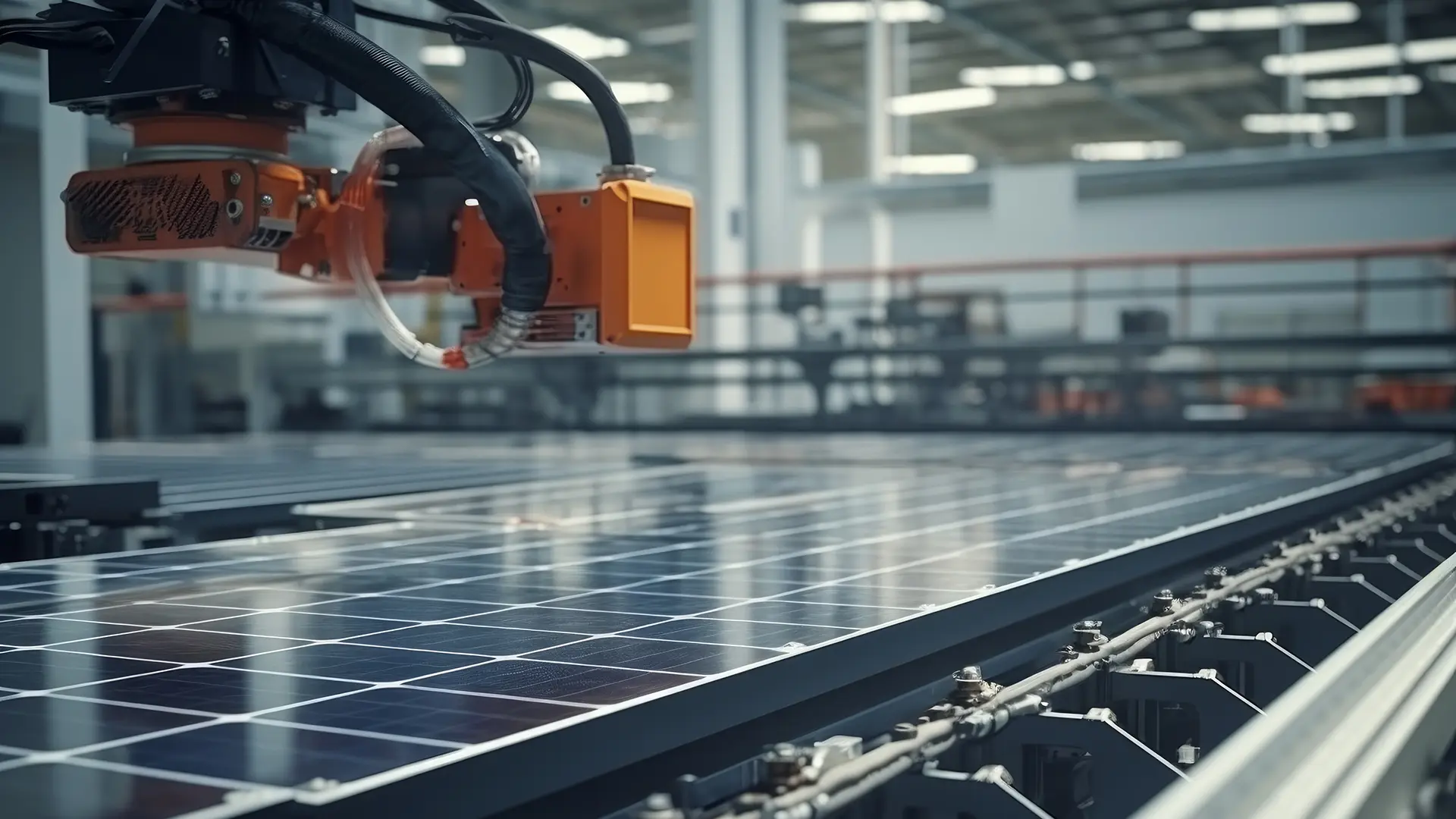Introduction: The quest for more efficient and cost-effective solar energy solutions has spurred a wave of innovation in the materials used for solar module manufacturing. From silicon wafers to encapsulants and beyond, these material innovations have not only transformed the performance and durability of solar modules but have also played a crucial role in driving down the overall cost of solar energy.
In this blog, we explore the significant impact of material innovations on solar module manufacturing and the broader renewable energy landscape.
Silicon Wafers: The Backbone of Solar Cells At the heart of every solar cell lies the silicon wafer, a thin slice of semiconductor material that converts sunlight into electricity. In recent years, advancements in silicon wafer technology have focused on reducing manufacturing costs while improving cell efficiency. This has led to the development of thinner wafers, such as mono-crystalline and multi-crystalline silicon wafers, which offer higher efficiency and better performance in low-light conditions.
Additionally, novel manufacturing techniques, such as diamond wire sawing and kerfless wafering, have helped to minimize material waste and increase production yields, further driving down costs.
Encapsulants and Backsheets: Protecting and Enhancing Solar Modules Encapsulants and backsheets play a critical role in protecting solar cells from environmental factors such as moisture, UV radiation, and temperature fluctuations. Traditional encapsulants, such as ethylene-vinyl acetate (EVA), have long been used to seal solar cells within the module. However, recent innovations in encapsulant materials, such as thermoplastic polyolefin (TPO) and fluoropolymer-based films, offer enhanced durability, weather resistance, and adhesion properties. Similarly, advancements in backsheets, including fluoropolymer-based films and composite materials, have improved module reliability and longevity, particularly in harsh outdoor environments.
Transparent Conductive Films: Enabling Next-Generation Solar Technologies Transparent conductive films (TCFs) are essential components of emerging solar technologies, such as perovskite and tandem solar cells, which promise higher efficiencies and lower production costs compared to traditional silicon-based cells. TCFs, typically made from materials such as indium tin oxide (ITO) or metal oxides, serve as transparent electrodes that allow sunlight to reach the active layers of the solar cell while facilitating the extraction of generated electricity. Ongoing research and development efforts aim to further optimize the performance and scalability of TCFs, paving the way for the commercialization of next-generation solar technologies.
Conclusion: In conclusion, material innovations have played a pivotal role in advancing solar module manufacturing and driving the continued growth of the solar energy industry. From silicon wafers to encapsulants, backsheets, and beyond, these innovations have enabled higher efficiencies, improved reliability, and reduced costs, making solar energy more accessible and competitive than ever before. As research and development efforts continue to push the boundaries of material science, the future of solar module manufacturing holds promise for even greater efficiency gains, increased reliability, and broader adoption of renewable energy worldwide.







